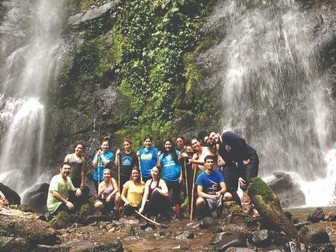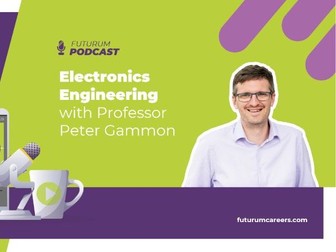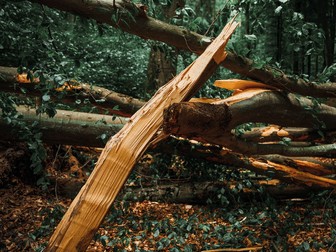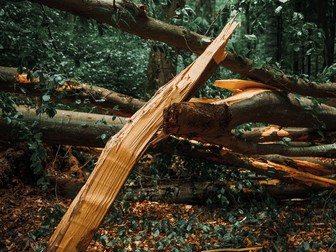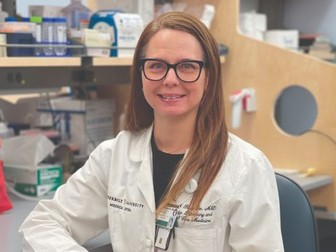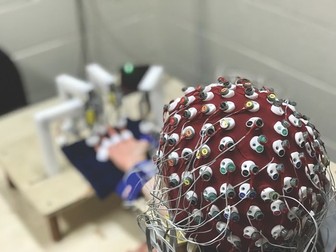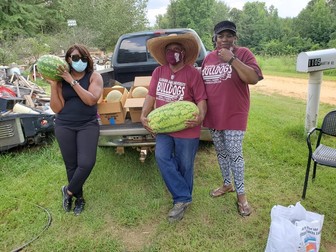
Flying high with careers in aviation
Suitable for 14-19-year olds (secondary and high schools, and college), this article and accompanying activity sheet can be used in the classroom, STEM clubs, careers fairs and at home.
This resource links to KS4 and KS5 engineering and careers.
It can also be used as a careers resource and links to Gatsby Benchmarks:
Gatsby Benchmark 2: Learning from career and labour market information
Gatsby Benchmark 4: Linking curriculum learning to careers
• This teaching resource explains the work of members of Cranfield University, who highlight the diverse range of career opportunities available in the aviation industry.
• This resource also contains interviews with team members and offers an insight into careers in aviation. If your students have questions for the team, they can send them to them online. All they need to do is to go to the article online (see the Futurum link below), scroll down to the end and type in the question(s). The team will reply!
• The activity sheet provides ‘talking points’ (based on Bloom’s Taxonomy) to prompt students to reflect on the team member’s roles in the aviation industry and challenges them to design a stall to promote careers in aviation for a school careers fair.
• In the accompanying podcast, team members discuss careers in aviation.
• The accompanying PowerPoint highlights the key aspects of the article.
• There is also an animation (and script) about careers in aviation.
This resource was first published on Futurum Careers, a free online resource and magazine aimed at encouraging 14-19-year-olds worldwide to pursue careers in science, tech, engineering, maths, medicine (STEM) and social sciences, humanities and the arts for people and the economy (SHAPE).
If you like these free resources – or have suggestions for improvements –, please let us know and leave us some feedback. Thank you!




